Cycle of pregnancy from conception
Fertilization, Process & When It Happens
How does conception occur?
Conception (or fertilization) is when sperm and an egg join together. It’s one of the many steps that happen to create a pregnancy.
Conception is closely related to a person’s menstrual cycle. A menstrual cycle describes the sequence of events that occur within your body as it prepares for the possibility of pregnancy each month. Women or people assigned female at birth (AFAB) ovulate during their menstrual cycle. Ovulation is when your ovary releases an egg for fertilization. Tiny finger-like structures called fimbriae help guide the egg through your fallopian tubes towards your uterus. During this journey through your fallopian tubes, an egg can be fertilized by sperm.
Sperm production begins in the testicles of men or people assigned male at birth (AMAB). During ejaculation, millions of sperm cells are set free with the sole purpose of finding an egg to fertilize. When you have unprotected sex, sperm cells swim up through your vagina and into your fallopian tubes. Millions of sperm battle to reach and penetrate the egg, but only one breaks through the egg's outer layer to fertilize it. If sperm doesn't fertilize an egg, the egg dissolves.
If a sperm is successful on its quest to fertilize an egg, the now fertilized egg (called a zygote) continues to move down your fallopian tube, dividing into two cells, then four cells, then more cells. About a week after the sperm has fertilized the egg, the zygote has traveled to your uterus. It's now a growing cluster of about 100 cells called a blastocyst.
The blastocyst then attaches itself to the lining of your uterus (the endometrium). This attachment process is called implantation. However, just because conception occurs doesn't mean implantation will. Sometimes implantation doesn't happen, and you pass the fertilized egg in your next menstrual period.
If implantation happens, the cells continue to divide — some cells develop into your baby and others form the placenta. You begin to release hormones that tell your body a baby is growing inside your uterus.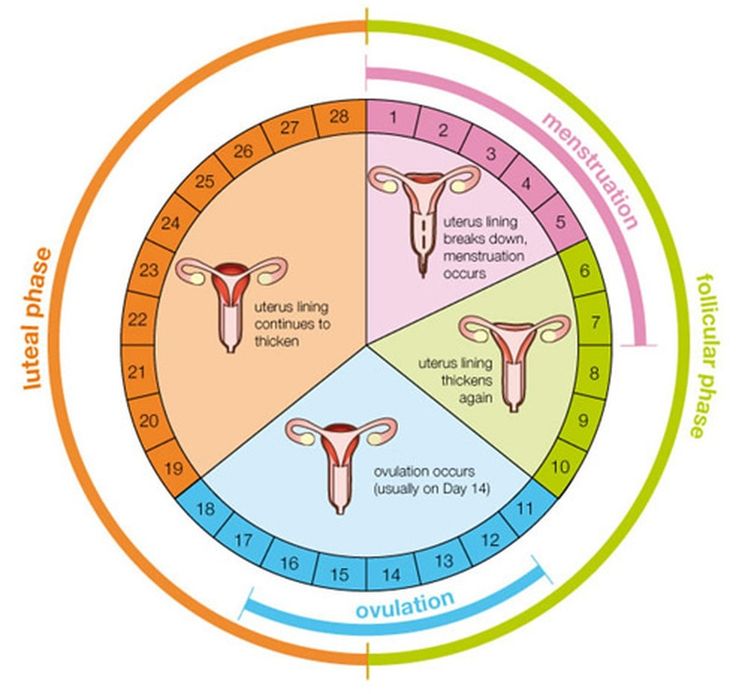 These hormones also signal the uterus to maintain its lining rather than shed it. This means you won't get your menstrual period, which may be the first way you know you’re pregnant.
These hormones also signal the uterus to maintain its lining rather than shed it. This means you won't get your menstrual period, which may be the first way you know you’re pregnant.
Timeline of getting pregnant
You calculate your menstrual cycle from the first day of menstrual bleeding to the start of the next first day of menstrual bleeding. Most menstrual cycles are around 28 days long. The exact time you ovulate varies depending on how long your menstrual cycle is.
The process of getting pregnant in a 28-day menstrual cycle is:
- Day one: First day of your period.
- Around day 14: Ovulation occurs.
- Within 24 hours of ovulation: Sperm fertilizes an egg (conception occurs).
- About six days after fertilization: The fertilized egg implants into your uterine lining.
- Around day 21: If conception and implantation occurred during this menstrual cycle, you're pregnant.
 However, getting a positive pregnancy test may take another five to seven days.
However, getting a positive pregnancy test may take another five to seven days.
Conception and a positive pregnancy test
After conception, a fertilized egg travels through your fallopian tubes to your uterus. The fertilized egg (called an embryo) implants (attaches) into the wall of your uterus. This triggers the placenta to form. Your placenta begins producing and releasing human chorionic gonadotropin (hCG) into your blood and pee. HCG can be found in a person’s blood around 11 days after conception. It takes slightly longer for hCG to show up on at-home pregnancy tests (that measure hCG in pee).
What are my chances of conceiving?
Just because an egg and sperm are near each other doesn't mean conception will happen. In general, conception only happens 25% to 30% of the time. This percentage decreases once you reach age 35.
How does conception work with IVF?
Conception still works the same way — sperm must fertilize an egg. However, with in vitro fertilization (IVF), sperm fertilizes an egg in a lab.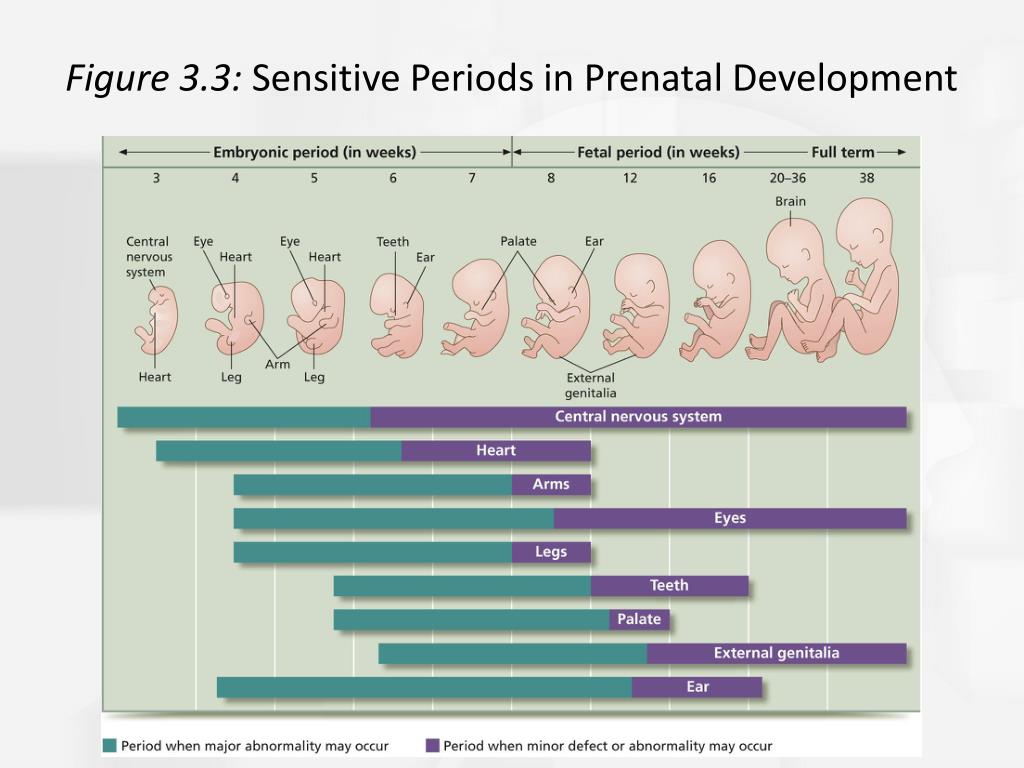 An egg, either from the intended parent or a donor, is mixed with sperm from a parent or donor. Conception happens when sperm fertilizes the egg.
An egg, either from the intended parent or a donor, is mixed with sperm from a parent or donor. Conception happens when sperm fertilizes the egg.
Once conception occurs, your provider places the created embryo inside the uterus that will carry the pregnancy for implantation.
When does conception happen?
Conception occurs between 12 and 24 hours after ovulation. It’s sometimes hard to pinpoint ovulation, so using ovulation predictor kits or tracking your menstrual cycle on a calendar may be helpful. The two biggest factors in conception are:
- The timing of sexual intercourse with ovulation.
- Egg and sperm health.
When should I have sex to conceive?
Conception can happen after unprotected sex as early as five days before ovulation. This is because some sperm can live that long inside female reproductive organs.
If you’re trying to conceive, the best times to have sex are:
- In the three days before ovulation: In this scenario, sperm will be “waiting” for the egg to come down the fallopian tube.
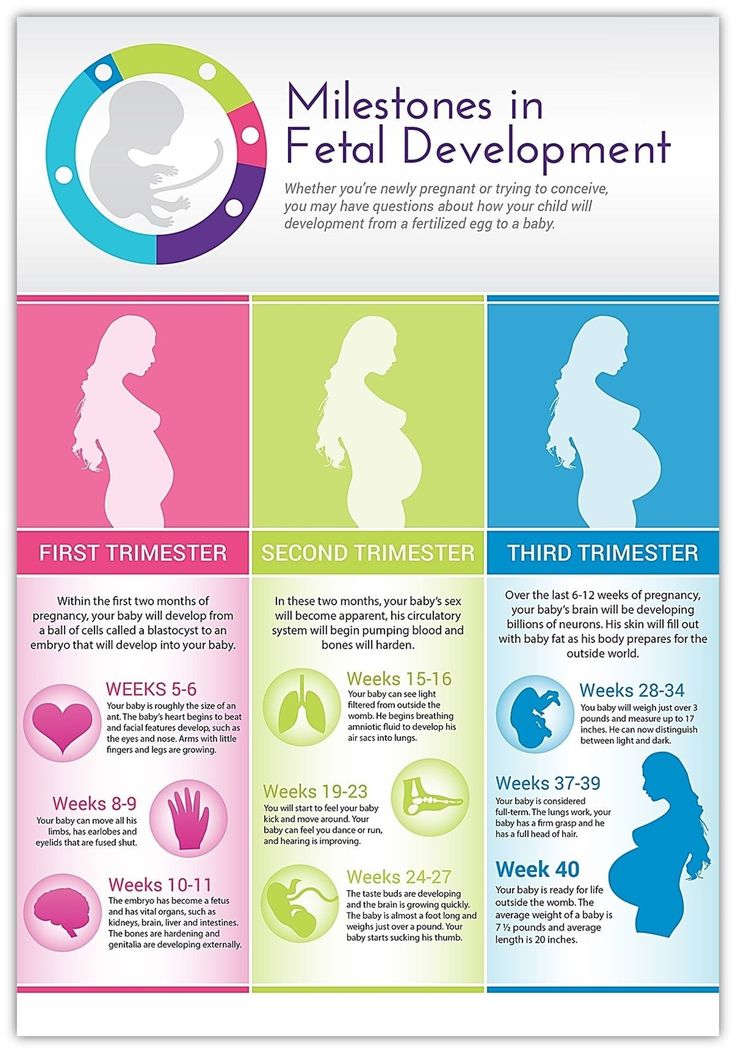
- At ovulation or within 24 hours of ovulating: Your egg lives for only 24 hours, so if you have unprotected sex during this time, your egg may end up “waiting” for sperm to reach it, or they may run into each other in your fallopian tubes.
Where does conception happen?
Conception typically happens in your fallopian tubes. This is where an egg goes after it leaves your ovary and where sperm wait for an egg. In some cases, fertilization can happen in your uterus once your egg has left your fallopian tubes.
What things prevent conception from happening?
Certain health conditions may affect your ability to conceive. Just because the sperm and egg meet doesn't mean fertilization will occur. Some of the most common factors are:
- Anovulation (you’re not ovulating).
- Low sperm count or issues with sperm motility (how sperm move).
- A blockage in the testicles, ovaries or fallopian tubes.
- Decreasing amount of quality eggs and quality sperm (usually related to aging).

Can you feel conception?
Not usually. You may notice signs that you've ovulated, such as changes in your cervical mucus or basal body temperature. However, most people don't feel fertilization. You may feel a dull ache or experience light spotting several days after conception. This could be from the fertilized egg implanting in your uterus.
When do you start feeling pregnant?
How long it takes to “feel” pregnant varies. Some people may start to feel pregnant shortly after conception, while others don’t have any pregnancy symptoms for weeks after a positive test.
Common signs of pregnancy are:
- A missed period.
- Frequent urination.
- Feeling tired.
- Nausea.
- Sore or swollen breasts.
- Spotting (light vaginal bleeding).
- Headaches.
- Mood swings.
Take a home pregnancy test if you have any of the above symptoms and think there’s a chance you’re pregnant. Your healthcare provider can order a blood test to confirm pregnancy.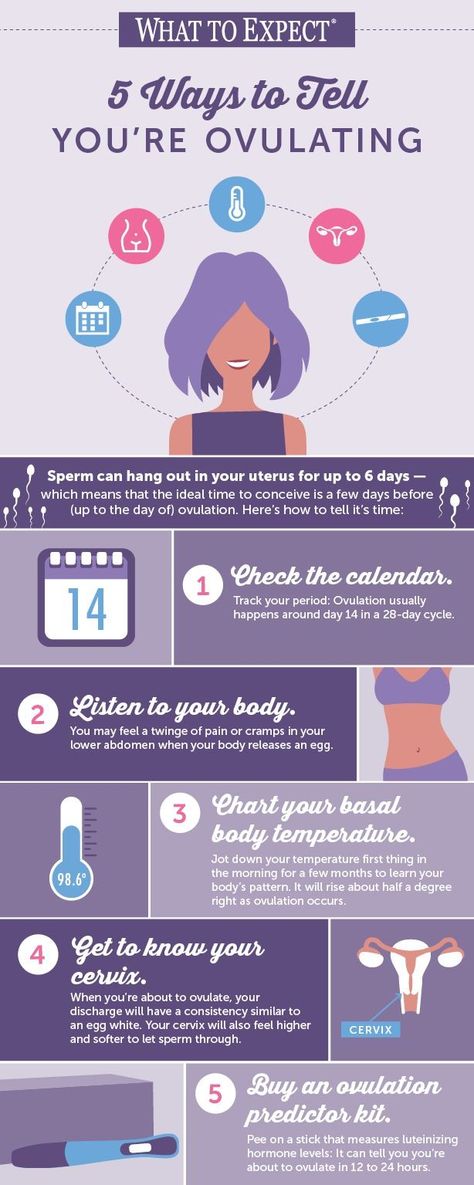
Are conception and fertilization the same?
Conception and fertilization are two different parts (or steps) of the same process. Conception is the first step, where an egg and sperm join. Fertilization is another step, where the joined sperm and egg plant like a seed into your uterine lining.
How long after conception will my pregnancy test be positive?
It can take between 11 and 14 days after conception to get a positive pregnancy test. At-home pregnancy tests check for human chorionic gonadotropin (hCG), a hormone released by the placenta. Your pee must have enough hCG to get a positive pregnancy test. However, your healthcare provider can check for hCG in your blood sooner — around 10 days after conception.
A note from Cleveland Clinic
Conception is when sperm fertilizes an egg. It’s one of the many critical steps in getting pregnant. Conceiving a child is a complex process dependent on lots of factors. Being unable to conceive is a common problem, and there are lots of resources available to help you.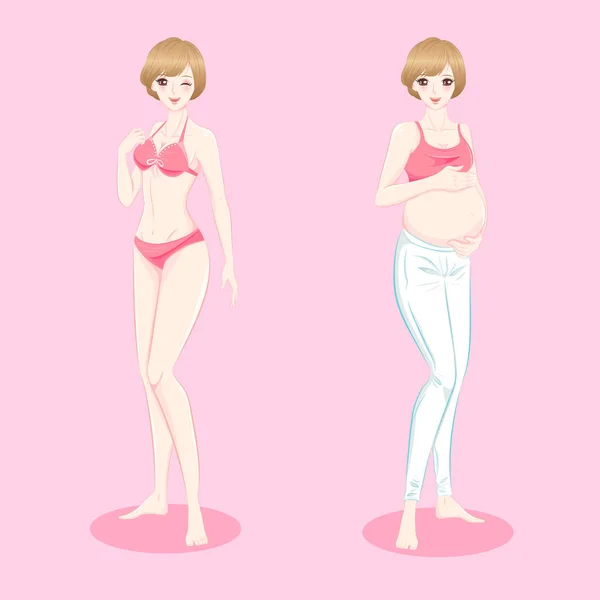 Contact your healthcare provider if you’re struggling with conceiving. They can explain the process and identify any issues preventing conception and pregnancy.
Contact your healthcare provider if you’re struggling with conceiving. They can explain the process and identify any issues preventing conception and pregnancy.
Fetal development: Month-By-Month Stages of Pregnancy
When does a pregnancy start?
The start of pregnancy is actually the first day of your last menstrual period. This is called the gestational age, or menstrual age. It’s about two weeks ahead of when conception actually occurs. Though it may seem strange, the date of the first day of your last period will be an important date when determining your due date. Your healthcare provider will ask you about this date and will use it to figure out how far along you are in your pregnancy.
How does conception work?
Each month, your body goes through a reproductive cycle that can end in one of two ways. You will either have a menstrual period or become pregnant. This cycle is continuously happening during your reproductive years — from puberty in your teen years to menopause around age 50.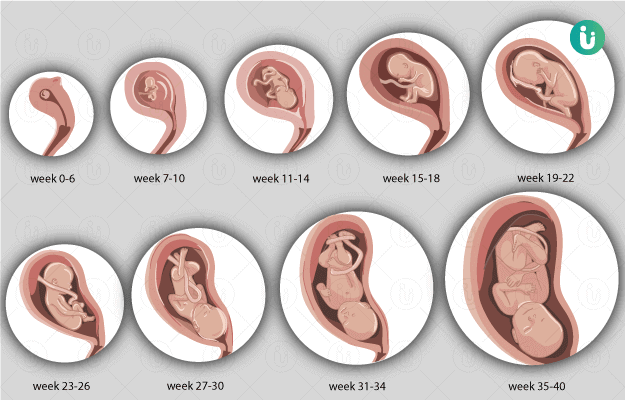
In a cycle that ends with pregnancy, there are several steps. First, a group of eggs (called oocytes) gets ready to leave the ovary for ovulation (release of the egg). The eggs develop in small, fluid-filled cysts called follicles. Think of these follicles as small containers for each immature egg. Out of this group of eggs, one will become mature and continue on through the cycle. This follicle then suppresses all the other follicles in the group. The other follicles stop growing at this point.
The mature follicle now opens and releases the egg from the ovary. This is ovulation. Ovulation generally happens about two weeks before your next menstrual period begins. It’s generally in the middle of your cycle.
After ovulation, the opened (ruptured) follicle develops into a structure called the corpus luteum. This secretes (releases) the hormones progesterone and estrogen. Progesterone helps prepare the endometrium (lining of the uterus). This lining is the place where a fertilized egg settles to develop. If you don’t become pregnant during a cycle, this lining is what is shed during your period.
If you don’t become pregnant during a cycle, this lining is what is shed during your period.
On average, fertilization happens about two weeks after your last menstrual period. When the sperm penetrates the egg, changes occur in the protein coating of the egg to prevent other sperm from entering.
At the moment of fertilization, your baby’s genetic make-up is complete, including its sex. The sex of your baby depends on what sperm fertilizes the egg at the moment of conception. Generally, women have a genetic combination of XX and men have XY. Women provide each egg with an X. Each sperm can be either an X or a Y. If the fertilized egg and sperm is a combination of an X and Y, it’s a boy. If there are two Xs, it’s a girl.
What happens right after conception?
Within 24 hours after fertilization, the egg begins rapidly dividing into many cells. It remains in the fallopian tube for about three days after conception. Then the fertilized egg (now called a blastocyte) continues to divide as it passes slowly through the fallopian tube to the uterus.![]() Once there, its next job is to attach to the endometrium. This is called implantation.
Once there, its next job is to attach to the endometrium. This is called implantation.
Before implantation though, the blastocyte breaks out of its protective covering. When the blastocyte makes contact with the endometrium, the two exchange hormones to help the blastocyte attach. Some women notice spotting (slight bleeding) during the one or two days when implantation happens. This is normal and isn’t something you should worry about. At this point, the endometrium becomes thicker and the cervix (the opening between your uterus and birth canal) is sealed by a plug of mucus.
Within three weeks, the blastocyte cells ultimately form a little ball, or an embryo. By this time, the first nerve cells have formed.
Your developing fetus has already gone through a few name changes in the first few weeks of pregnancy. Generally, it's called an embryo from conception until the eighth week of development. After the eighth week, it's called a fetus until it’s born.
How early can I know I’m pregnant?
From the moment of conception, the hormone human chorionic gonadotrophin (hCG) will be present in your blood.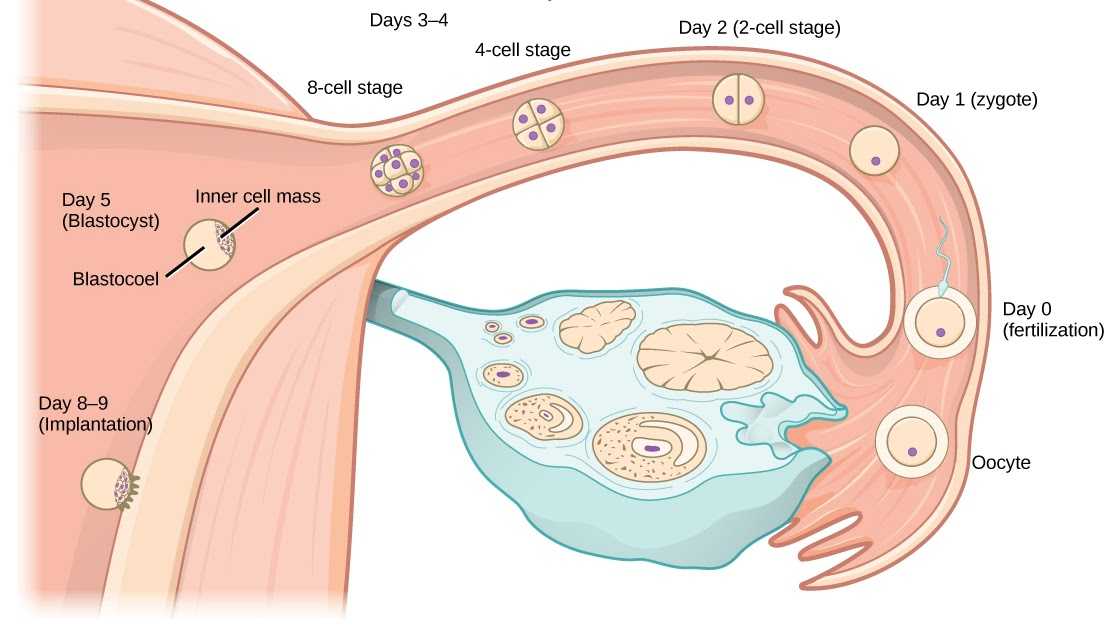 This hormone is created by the cells that form the placenta (food source for the growing fetus). It’s also the hormone detected in a pregnancy test. Even though this hormone is there from the beginning, it takes time for it to build within your body. It typically takes three to four weeks from the first day of your last period for the hCG to increase enough to be detected by pregnancy tests.
This hormone is created by the cells that form the placenta (food source for the growing fetus). It’s also the hormone detected in a pregnancy test. Even though this hormone is there from the beginning, it takes time for it to build within your body. It typically takes three to four weeks from the first day of your last period for the hCG to increase enough to be detected by pregnancy tests.
When should I reach out to my healthcare provider about a new pregnancy?
Most healthcare providers will have you wait to come in for an appointment until you have had a positive home pregnancy test. These tests are very accurate once you have enough hCG circulating throughout your body. This can be a few weeks after conception. It’s best to call your healthcare provider once you have a positive pregnancy test to schedule your first appointment.
When you call, your healthcare provider may ask you if you are taking a prenatal vitamin. These supplements contain folic acid. It’s important that you get at least 400mcg of folic acid each day during a pregnancy to make sure the fetus's neural tube (beginning of the brain and spine) develops correctly. Many healthcare providers suggest that you take prenatal vitamins with folic acid even when you aren’t pregnant. If you weren’t taking prenatal vitamins before your pregnancy, your provider may ask you to start as early as possible.
Many healthcare providers suggest that you take prenatal vitamins with folic acid even when you aren’t pregnant. If you weren’t taking prenatal vitamins before your pregnancy, your provider may ask you to start as early as possible.
What’s the timeline for fetal development?
The fetus will change a lot throughout a typical pregnancy. This time is divided into three stages, called trimesters. Each trimester is a set of about three months. Your healthcare provider will probably talk to you about fetal development in terms of weeks. So, if you are three months pregnancy, you are about 12 weeks.
You will see distinct changes in the fetus, and yourself, during each trimester.
Traditionally, we think of a pregnancy as a nine-month process. However, this isn’t always the case. A full-term pregnancy is 40 weeks, or 280 days. Depending on what months you are pregnant during (some are shorter and some longer) and what week you deliver, you could be pregnant for either nine months or 10 months.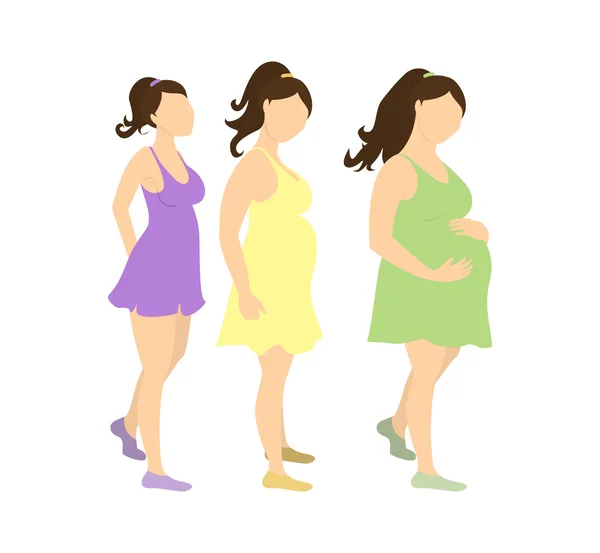 This is completely normal and healthy.
This is completely normal and healthy.
Once you get close to the end of your pregnancy, there are several category names you might hear regarding when you go into labor. These labels divide up the last few weeks of pregnancy. They’re also used to look out for certain complications in newborns. Babies that are born in the early term period or before may have a higher risk of breathing, hearing or learning issues than babies born a few weeks later in the full term time frame. When you’re looking at these labels, it’s important to know how they’re written. You may see the week first (38) and then you’ll see two numbers separated by a slash mark (6/7). This stands for how many days you currently are in the gestational week. So, if you see 38 6/7, it means that you are on day 6 of your 38th week.
The last few weeks of pregnancy are divided into the following groups:
- Early term: 37 0/7 weeks through 38 6/7 weeks.
- Full term: 39 0/7 weeks through 40 6/7 weeks.

- Late term: 41 0/7 weeks through 41 6/7 weeks.
- Post term: 42 0/7 weeks and on.
Talk to your healthcare provider about any questions you may have about gestational age and due date.
Stages of Growth Month-by-Month in Pregnancy
First trimester
The first trimester will span from conception to 12 weeks. This is generally the first three months of pregnancy. During this trimester, the fertilized egg will change from a small grouping of cells to a fetus that is starting to have a baby’s features.
Month 1 (weeks 1 through 4)
As the fertilized egg grows, a water-tight sac forms around it, gradually filling with fluid. This is called the amniotic sac, and it helps cushion the growing embryo.
During this time, the placenta also develops. The placenta is a round, flat organ that transfers nutrients from the mother to the fetus, and transfers wastes from the fetus. Think of the placenta as a food source for the fetus throughout your pregnancy.
In these first few weeks, a primitive face will take form with large dark circles for eyes. The mouth, lower jaw and throat are developing. Blood cells are taking shape, and circulation will begin. The tiny "heart" tube will beat 65 times a minute by the end of the fourth week.
By the end of the first month, the fetus is about 1/4 inch long – smaller than a grain of rice.
Month 2 (weeks 5 through 8)
Facial features continue to develop. Each ear begins as a little fold of skin at the side of the head. Tiny buds that eventually grow into arms and legs are forming. Fingers, toes and eyes are also forming.
The neural tube (brain, spinal cord and other neural tissue of the central nervous system) is well formed now. The digestive tract and sensory organs begin to develop too. Bone starts to replace cartilage.
The head is large in proportion to the rest of the body at this point. At about 6 weeks, a heartbeat can usually be detected.
After the 8th week, healthcare providers refer to it as a fetus instead of an embryo.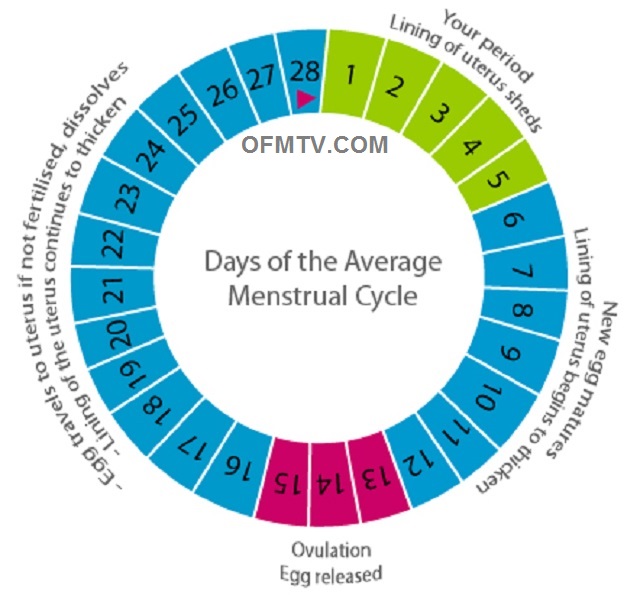
By the end of the second month, the fetus is about 1 inch long and weighs about 1/30 of an ounce.
Month 3 (weeks 9 through 12)
The arms, hands, fingers, feet and toes are fully formed. At this stage, the fetus is starting to explore a bit by doing things like opening and closing its fists and mouth. Fingernails and toenails are beginning to develop and the external ears are formed. The beginnings of teeth are forming under the gums. The reproductive organs also develop, but sex is still difficult to distinguish on ultrasound.
By the end of the third month, the fetus is fully formed. All the organs and limbs (extremities) are present and will continue to develop in order to become functional. The circulatory and urinary systems are also working and the liver produces bile.
At the end of the third month, the fetus is about 4 inches long and weighs about 1 ounce.
Since the most critical development has taken place, your chance of miscarriage drops considerably after three months.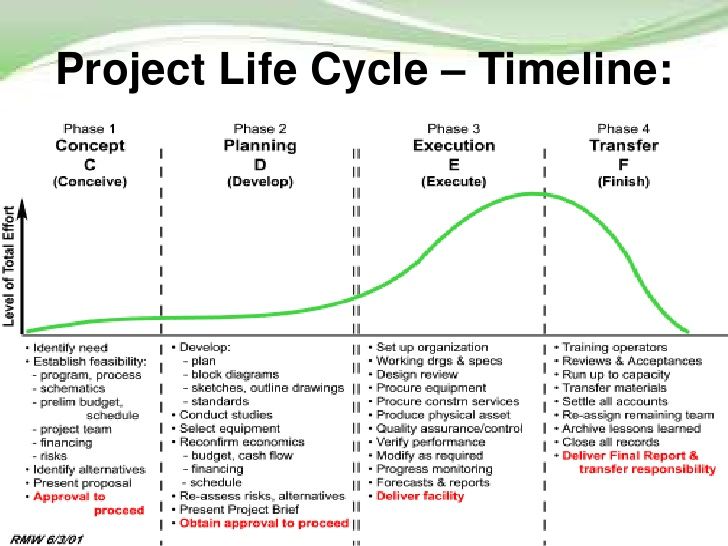
Second trimester
This middle section of pregnancy is often thought of as the best part of the experience. By this time, any morning sickness is probably gone and the discomfort of early pregnancy has faded. The fetus will start to develop facial features during this month. You may also start to feel movement as the fetus flips and turns in the uterus. During this trimester, many people find out whether their baby will be designated male or female at birth. This is typically done during an anatomy scan (an ultrasound that checks physical development) around 20 weeks.
Month 4 (weeks 13 through 16)
The fetal heartbeat may now be audible through an instrument called a doppler. The fingers and toes are well-defined. Eyelids, eyebrows, eyelashes, nails and hair are formed. Teeth and bones become denser. The fetus can even suck his or her thumb, yawn, stretch and make faces.
The nervous system is starting to function. The reproductive organs and genitalia are now fully developed, and your doctor can see on ultrasound if the fetus will be designated male or female at birth.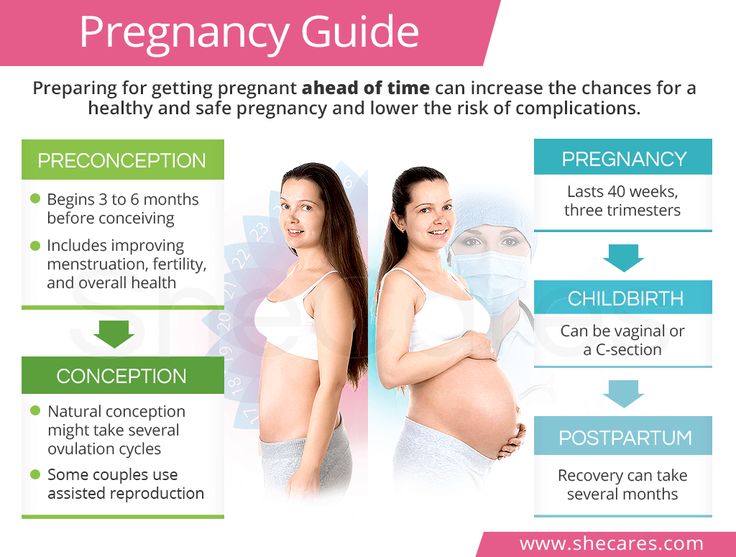
By the end of the fourth month, the fetus is about 6 inches long and weighs about 4 ounces.
Month 5 (weeks 17 through 20)
At this stage, you may begin to feel the fetus moving around. The fetus is developing muscles and exercising them. This first movement is called quickening and can feel like a flutter.
Hair begins to grow on the head. The shoulders, back and temples are covered by a soft fine hair called lanugo. This hair protects the fetus and is usually shed at the end of your baby's first week of life.
The skin is covered with a whitish coating called vernix caseosa. This "cheesy" substance is thought to protect fetal skin from the long exposure to the amniotic fluid. This coating is shed just before birth.
By the end of the fifth month, the fetus is about 10 inches long and weighs from 1/2 to 1 pound.
Month 6 (weeks 21 through 24)
If you could look inside the uterus right now, you would see that the fetus's skin is reddish in color, wrinkled and veins are visible through translucent skin. The finger and toe prints are visible. In this stage, the eyelids begin to part and the eyes open.
The finger and toe prints are visible. In this stage, the eyelids begin to part and the eyes open.
The fetus responds to sounds by moving or increasing the pulse. You may notice jerking motions if the fetus hiccups.
If born prematurely, your baby may survive after the 23rd week with intensive care.
By the end of the sixth month, the fetus is about 12 inches long and weighs about 2 pounds.
Month 7 (weeks 25 through 28)
The fetus continues to mature and develop reserves of body fat. At this point, hearing is fully developed. The fetus changes position frequently and responds to stimuli, including sound, pain and light. The amniotic fluid begins to diminish.
If born prematurely, your baby would be likely to survive after the seventh month.
At the end of the seventh month, the fetus is about 14 inches long and weighs from 2 to 4 pounds.
Third trimester
This is the final part of your pregnancy. You may be tempted to start the countdown till your due date and hope that it would come early, but each week of this final stage of development helps the fetus prepare for birth.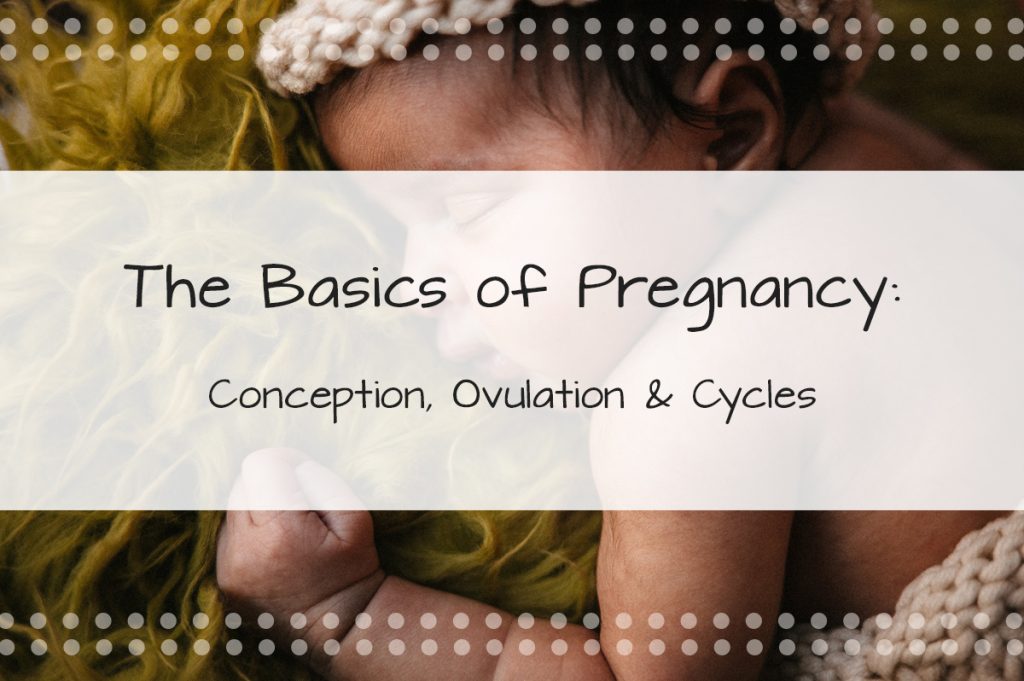 Throughout the third trimester, the fetus gains weight quickly, adding body fat that will help after birth.
Throughout the third trimester, the fetus gains weight quickly, adding body fat that will help after birth.
Remember, even though popular culture only mentions nine months of pregnancy, you may actually be pregnant for 10 months. The typical, full-term pregnancy is 40 weeks, which can take you into a tenth month. It’s also possible that you can go past your due date by a week or two (41 or 42 weeks). Your healthcare provider will monitor you closely as you approach your due date. If you pass your due date, and don’t go into spontaneous labor, your provider may induce you. This means that medications will be used to make you go into labor and have the baby. Make sure to talk to your healthcare provider during this trimester about your birth plan.
Month 8 (weeks 29 through 32)
The fetus continues to mature and develop reserves of body fat. You may notice more kicking. The brain developing rapidly at this time, and the fetus can see and hear. Most internal systems are well developed, but the lungs may still be immature.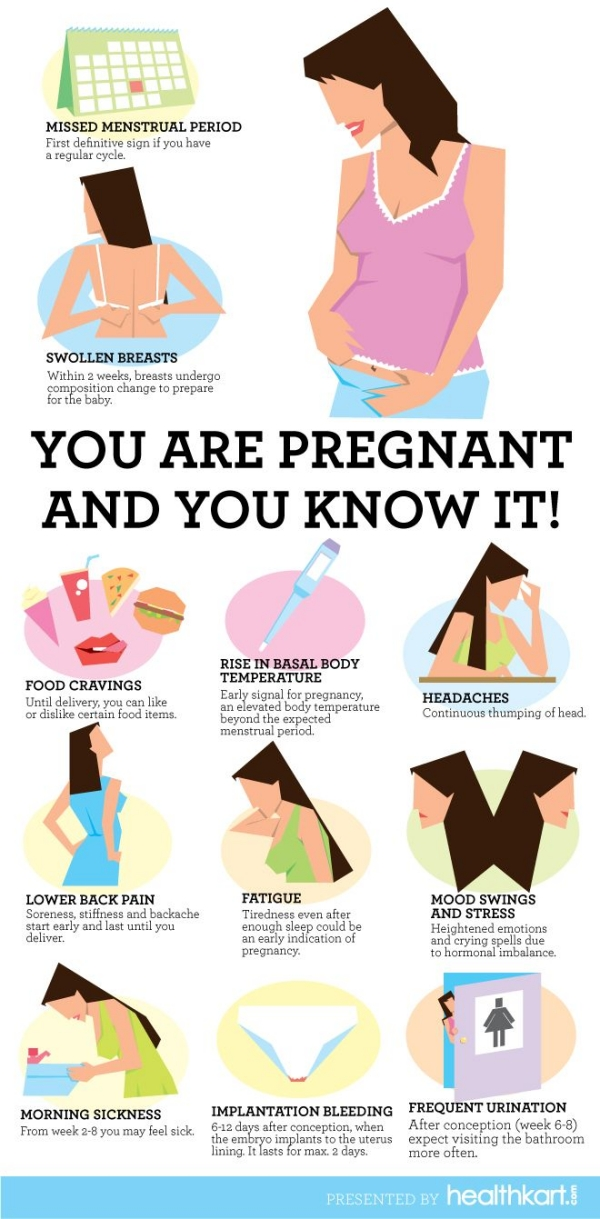
The fetus is about 18 inches long and weighs as much as 5 pounds.
Month 9 (weeks 33 through 36)
During this stage, the fetus continues to grow and mature. The lungs are close to being fully developed at this point.
The fetus has coordinated reflexes and can blink, close the eyes, turn the head, grasp firmly, and respond to sounds, light and touch.
The fetus is about 17 to 19 inches long and weighs from 5 ½ pounds to 6 ½ pounds.
Month 10 (Weeks 37 through 40)
In this final month, you could go into labor at any time. You may notice that less movement because space is tight. At this point, The fetus's position may have changed to prepare for birth. Ideally, it's head down in your uterus. You may feel very uncomfortable in this final stretch of time as the fetus drops down into your pelvis and prepares for birth.
Your baby is ready to meet the world at this point. They are about 18 to 20 inches long and weigh about 7 pounds.
How to correctly calculate the gestational age and determine the date of delivery
It often comes as a surprise to first-time pregnant women that in obstetrics the gestational age is determined not in months, but in weeks. But the surprises do not end there - the fact is that the obstetric period is calculated not from conception, but from the first day of the last menstruation.
In fact, pregnancy occurs two weeks after the start of the obstetric period, at the time of ovulation, when the sperm meets the egg. Thus, the age of the embryo, or gestational age, differs from the obstetric one by 2 weeks down.
How long does pregnancy last?
The obstetric term of a term pregnancy is 40 weeks, or 280 days. It is on the basis of the obstetric gestational age that the doctor will prescribe tests and examinations for you, determine the date of maternity leave and calculate the EDD (estimated date of birth).
Doctors use the Negele formula to calculate the EDD. According to this formula, if we add nine months and seven days to the first day of the last menstruation, we get the estimated date of delivery.
Unfortunately, determining the gestational age from the first day of the last menstrual period is not a very accurate method. It is well suited for women with a stable 28-day cycle, but if your cycle is slightly longer or shorter, then the date of ovulation shifts, respectively, and the actual obstetric gestational age will differ from the established one.
The most accurate way to calculate the EDD is to add 266 days to the date of the last ovulation (if you know it).
How to confirm pregnancy, determine the duration of pregnancy and the date of delivery
By itself, a delay in the start of a new menstrual cycle does not necessarily indicate pregnancy - failures can be explained by diseases, excessive physical exertion or stress. Pregnancy must be confirmed with an hCG test or examination on a gynecological chair.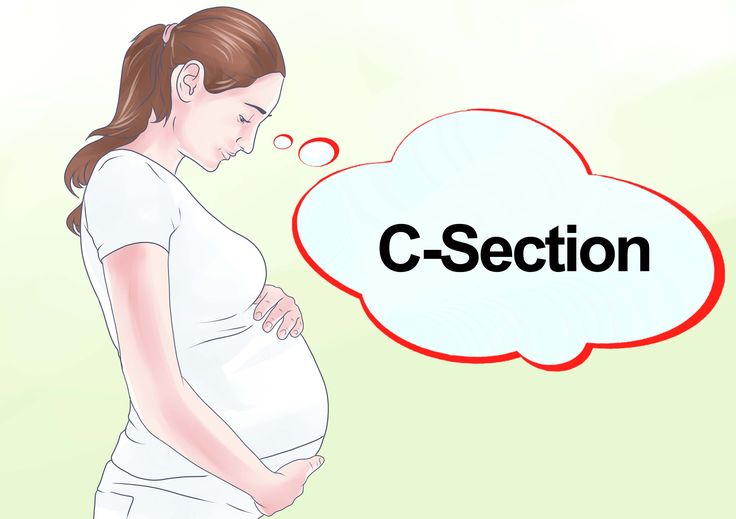 1) Blood test for hCG cycle or the woman will feel the first symptoms. Also, an analysis of the level of hCG in the blood allows you to determine the gestational age with an accuracy of about two weeks.
1) Blood test for hCG cycle or the woman will feel the first symptoms. Also, an analysis of the level of hCG in the blood allows you to determine the gestational age with an accuracy of about two weeks.
2) Home pregnancy test
Home pregnancy tests also work by measuring hCG levels, but they are less sensitive than blood tests. The most modern of them can not only confirm the presence of pregnancy a few days before the delay, but also indicate (not too accurately) an approximate date.
Tests of the old generation will show a more or less accurate result only after a delay, that is, after 2-4 weeks from conception.
3) Gynecological examination
A qualified gynecologist-obstetrician can diagnose pregnancy during an examination starting 3-4 weeks after conception, focusing on changes in the shape and size of the uterus, as well as other signs.
4) Ultrasound
Ultrasound is the most accurate way to diagnose pregnancy. With the help of ultrasound with a transvaginal sensor, it is possible to determine the presence of a fetal egg in the uterus already 1-2 weeks after conception (3-4 obstetric weeks), but fetal heartbeats can only be detected for a period of 5-6 obstetric weeks.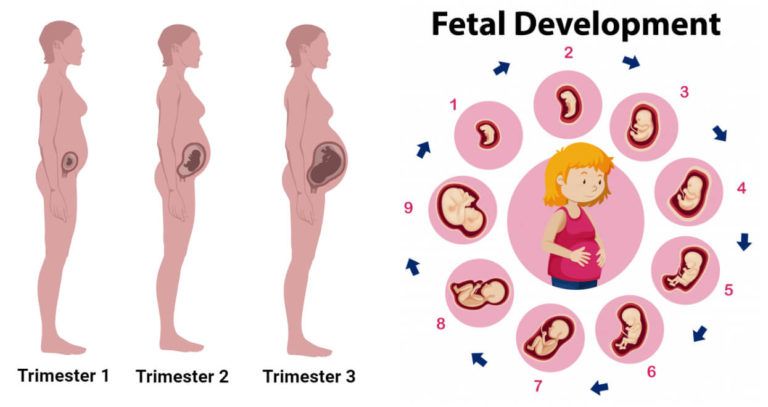 It is possible to determine the gestational age with high accuracy (up to 2-3 days!) With the help of ultrasound only from 6-7 weeks.
It is possible to determine the gestational age with high accuracy (up to 2-3 days!) With the help of ultrasound only from 6-7 weeks.
If the delay, as well as the result of an hCG test or blood test, indicate that you will soon become a mother, do not rush to get an ultrasound right away. Wait another 2-3 weeks, then by ultrasound you will not only be accurately determined by the period, but will also be allowed to listen to the baby's heartbeat.
If you did not do an early ultrasound to confirm pregnancy, then for the first time you will encounter this study at the 10-14th week. At the same time, the exact gestational age and PDR will be established or corrected for you. During pregnancy, you will need to undergo such an examination at least twice more. This will happen at 20-24 and 30-34 weeks. However, it is worth saying that ultrasound in the 2nd and 3rd trimesters may have an error in determining the gestational age. The PDR established according to them may differ from the real one by 2-3 weeks.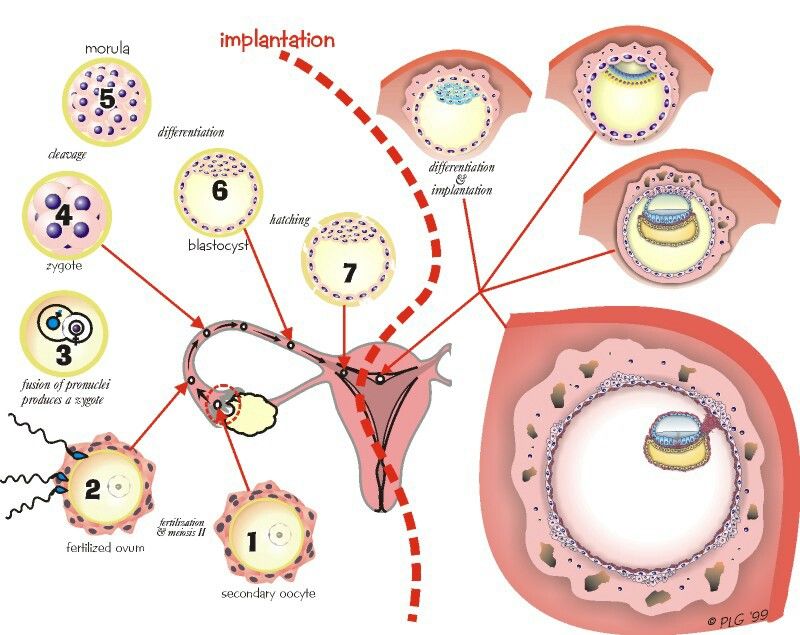 That is why it is so important not to miss the first screening and do an ultrasound on time.
That is why it is so important not to miss the first screening and do an ultrasound on time.
When using any materials from the site nutriclub.ru, a link to the site is required.
© Nutriclub, 2020
Already confirmed pregnancy? Use our calculator to calculate your due date!
Find out what week you are
enter your due date
Date (yyyy-mm-dd) must be within the next 40 weeks
I don't know due date
Get due date
Enter first day of last menstrual period
Enter a date within the last 9 months
How long is your menstrual cycle?
21 days 22 days 23 days 24 days 25 days 26 days 27 days 28 days 29 days 30 days 31 days 32 days 33 days 34 days 35 days April 8, 2018
You are in the week
I have a different deadline!
you are in the week
Subscribe!
You are already subscribed to the NutriClub mailing list
I'm not, where can I subscribe?
I am next week
You will also be interested
- Nutriclub - healthy nutrition and child development
- Pregnancy
- Mom's health and well-being
- How to correctly calculate the gestational age and determine the date of birth
1 2 3 4 weeks pregnant after conception
The onset of pregnancy
1-2 weeks pregnant
Since it is rather difficult to determine the exact date of conception, the gestational age is usually calculated in obstetric weeks - from the first day of the last menstruation. In fact, pregnancy occurs two weeks later than the start of the obstetric period, in the middle of the cycle during ovulation. During this period of the cycle, the egg is released from the ovary and enters the fallopian tube. If within the next 24 hours the egg meets a motile sperm cell, conception will occur. Thus, the age of the embryo (or embryonic gestational age) will be two weeks less than the obstetric period that doctors operate on.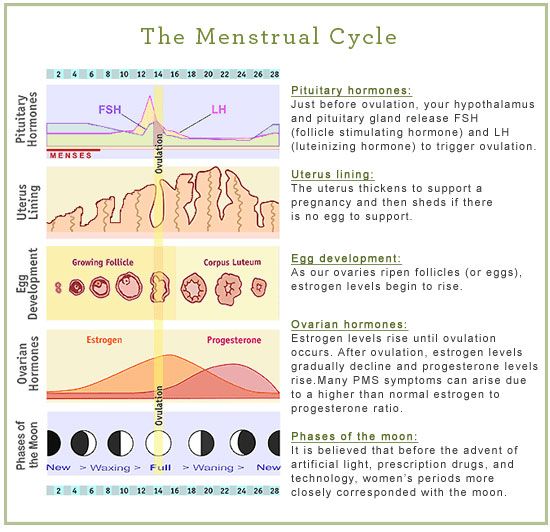
3-4 weeks of pregnancy
In the third week, the fertilized egg, or zygote, rises into the uterus and takes root in the mucous membrane. The zygote turns into a germinal vesicle, or blastocyst, and the process of rapid cell division starts. An embryo will form from one part of these cells, and the placenta, umbilical cord, yolk and amniotic sacs will form from the other. The placenta will begin to perform its function only by the end of the 4th week of pregnancy, and before that, the embryo will receive nutrients and oxygen directly from the uterine wall and yolk sac.
In the third week, your body will begin to produce hCG (human chorionic gonadotropin), which will stop the release of eggs for the entire period of pregnancy. An hCG blood test is used to diagnose pregnancy early.
Home pregnancy tests also work by detecting the level of hCG, but their sensitivity is usually lower, they will show a positive result only at 4-5 weeks of pregnancy. At this time, you may suspect the onset of pregnancy yourself by some signs - mood swings, mild nausea and changes in taste, pain in the lower abdomen, as during menstruation. Even a slight bleeding, called implantation, can occur, you should not be afraid of it, this is an absolutely normal phenomenon, which only confirms pregnancy. Read more about how you can diagnose pregnancy and set its exact term in our article.
Even a slight bleeding, called implantation, can occur, you should not be afraid of it, this is an absolutely normal phenomenon, which only confirms pregnancy. Read more about how you can diagnose pregnancy and set its exact term in our article.
When using any materials from the site nutriclub.ru, a link to the site is required.
© Nutriclub, 2020
Select week of pregnancy
- A week 1-4
- A week 5
- A week 6
- A week 7
- A week eight
- A week 9
- A week ten
- A week eleven
- A week 12
- A week 13
- A week fourteen
- A week fifteen
- A week 16
- A week 17
- A week eighteen
- A week 19
- A week twenty
- A week 21
- A week 22
- A week 23
- A week 24
- A week 25
- A week 26
- A week 27
- A week 28
- A week 29
- A week thirty
- A week 31
- A week 32
- A week 33
- A week 34
- A week 35
- A week 36
- A week 37
- A week 38
- A week 39
- A week 40
You will also be interested
- Learn more
- How to deal with child not listening
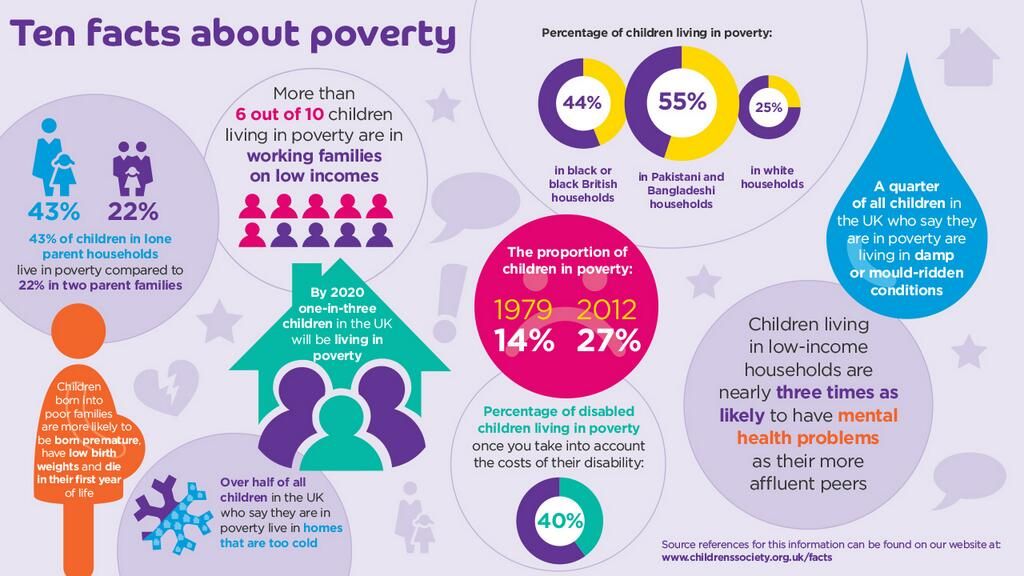
- Formula milk for infant

- How to help your adult child with depression

- How to get state funded child care

- How was the one child policy implemented in china

- Things to avoid eating when pregnant

- Sleeping habits for babies

- How to toilet train your child at night

- Newborn pooping every feeding
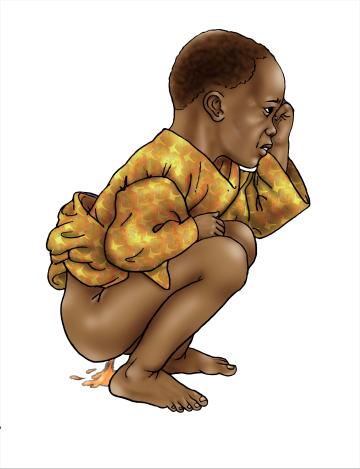
- Can triplets be born naturally

- Extreme exhaustion during pregnancy


